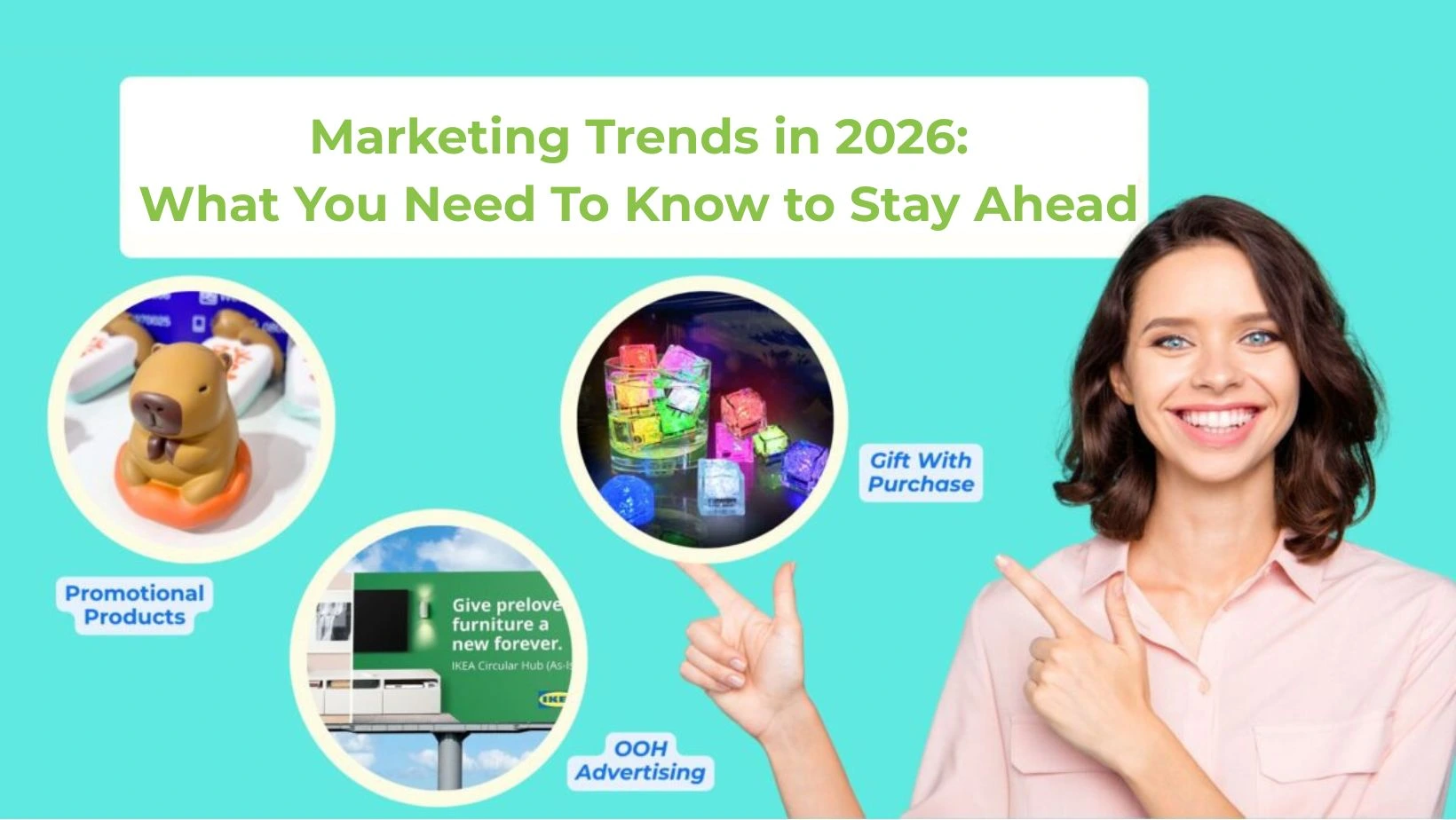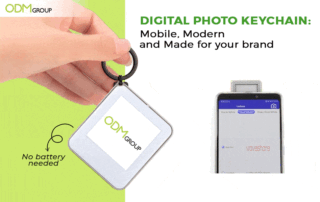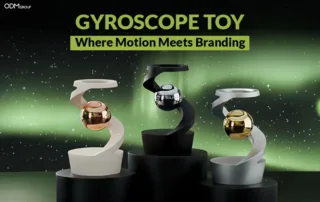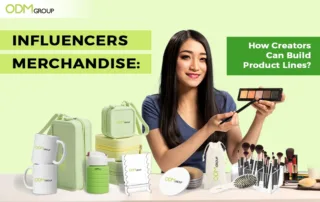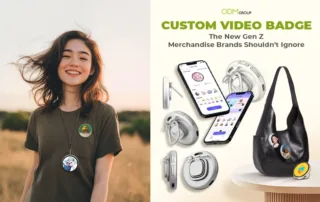Marketing evolves fast, and 2026 will be no different. Every year, trends shift as new technologies emerge and consumer behavior adapts.
2026 is set to bring fresh challenges and massive opportunities for Marketing aspects
2026 is set to bring fresh challenges and massive opportunities, particularly in the digital space.
Brands that want to stay ahead need to understand where the future of marketing is headed, from AI to hyper-personalization, sustainability, and beyond.
This article covers the top trends that will dominate the marketing world by 2026, helping you prepare for what’s next.
1. AI-Powered Marketing
Artificial Intelligence (AI) will be a key player in marketing by 2026. AI-driven tools will reshape everything from data analysis to content creation.
Predictive analytics will become the norm, allowing businesses to forecast consumer behaviors and trends with a level of accuracy that was unthinkable just a few years ago. This technology will help marketers understand customer needs in real time and automate decision-making processes, ultimately leading to hyper-targeted campaigns.
One of the standout uses of AI is content creation. By 2026, AI like ChatGPT, Notion AI,… will be capable of generating highly personalized marketing content at scale—think blog posts, ads, and even videos—tailored to the preferences of individual consumers.
Another critical application is automation in customer service. AI chatbots are expected to handle a majority of customer interactions, resolving issues more quickly and efficiently than ever before, freeing up human resources for more complex tasks.

Netflix already uses AI to drive personalized film recommendations
Example: Companies like Netflix and Amazon already utilize AI to deliver personalized recommendations, and this trend is expected to continue growing in scope.
2. Hyper-Personalization Through Data
Personalization has been a marketing buzzword for years, but by 2026, it will evolve into hyper-personalization, driven by the explosion of available data and advances in AI.
Hyper-personalization goes beyond just addressing a customer by name—it’s about delivering content, offers, and experiences that are uniquely tailored to an individual’s behaviors, preferences, and past interactions.
With third-party cookies on the way out, first-party data will become increasingly valuable. AI will play a central role in this process by analyzing real-time data across multiple touchpoints—websites, social media, email—to deliver precise, contextually relevant content.
For instance, predictive analytics will allow companies to forecast customer needs and adjust their marketing strategies on the fly.

Amazon uses hyper-personalization through its AI-driven recommendation, which provides tailored product suggestions based on browsing history, purchases
Example: Amazon uses hyper-personalization through its AI-driven recommendation system, which provides tailored product suggestions based on browsing history, purchases, and even abandoned cart data.
3. Sustainability and Ethical Marketing
Sustainability will no longer be a “nice to have” by 2026—it will be a must-have.
Consumers are demanding more from the brands they support, expecting them to be socially responsible, environmentally friendly, and transparent in their operations. Marketing strategies will need to reflect this shift.
Brands will focus on purpose-driven marketing, creating campaigns that highlight their sustainability efforts and ethical practices.
From reducing carbon footprints to engaging in fair trade practices, businesses that fail to align with these values risk losing market share to more socially conscious competitors.
By 2026, it won’t just be about selling a product; it will be about selling a set of values that resonates with consumers.

One of IKEA’s sustainable marketing tactics is their Green Friday campaign, which was displayed by the OOH poster
Example: IKEA has built its entire brand around sustainability, promoting environmental initiatives and encouraging customers to repair, reuse, and recycle their products.
4. Gift with Purchase Marketing: A 2026 Must-Have Strategy
As marketing trends evolve in 2026, gift-with-purchase (GWP) marketing will continue to be a powerful tool for brands looking to enhance customer engagement and drive sales.
Whether it’s offering limited-edition items, seasonal gifts, or exclusive products as part of a purchase, these promotions will appeal to consumers’ desire for added value and unique experiences.
Collaborating with other brands to create co-branded gifts will also become more prevalent, allowing companies to reach broader audiences and create buzzworthy campaigns.
Example: Nike could include a branded water bottle with the purchase of a pair of running shoes, adding extra value for fitness enthusiasts.
5. Augmented Reality (AR) and Immersive Experiences
By 2026, augmented reality (AR) will become a powerful tool in marketing, creating immersive experiences that blend the digital and physical worlds.
AR will allow customers to interact with products in entirely new ways, such as trying on clothes virtually, visualizing furniture in their homes, or experiencing immersive product demonstrations.
Brands are already exploring AR as a means of enhancing the customer experience. This not only boosts customer confidence but also increases conversion rates by making the shopping experience more interactive and engaging.
As AR technology advances, more brands will adopt these immersive experiences, allowing for deeper connections with consumers and more innovative ways to showcase products.

Pepsi’s AR campaign had caught more than 600,000 engaging posts in China
Example: IKEA uses AR in its app to let customers see how furniture will look and fit in their space before making a purchase.
6. Voice Search and Conversational Marketing
Voice search is quickly becoming a dominant force in the marketing landscape.
By 2026, voice-activated devices like Amazon Alexa and Google Home will be a central part of consumers’ daily lives. Marketers will need to optimize their content for voice search, focusing on natural language and conversational queries.
In addition to SEO for voice search, conversational marketing will grow. This involves using AI-powered tools to create dialogue-driven interactions with customers, whether through voice assistants, chatbots, or messaging apps.
These tools will allow brands to deliver highly personalized, conversational experiences at scale, improving customer satisfaction and driving conversions.

Domino’s Pizza uses voice-activated technology to allow customers to place orders via smart speakers
Example: Domino’s Pizza utilizes voice-activated technology to enable customers to place orders through smart speakers, resulting in a more seamless ordering experience.
7. Short-Form Video Content Dominance
Short-form video content is already huge, and by 2026, it will likely dominate the digital landscape. Platforms like TikTok, Instagram Reels, and YouTube Shorts are showing how effective these bite-sized videos can be for capturing attention and driving engagement.
To stand out, brands will need to create engaging, authentic videos that resonate with their audience. Whether it’s behind-the-scenes footage, product tutorials, or influencer collaborations, the key will be to create content that is both relatable and entertaining.

Chipotle Mexican Grill, an international chain of fast casual restaurants, has successfully taken over TikTok with their short video campaign
Example: Chipotle has effectively leveraged TikTok to create viral short-form content that showcases behind-the-scenes videos and challenges, increasing customer engagement and brand visibility.
8. Interactive Content and Gamification
By 2026, interactive content and gamification will be key to engaging consumers in a more immersive and participatory way.
Interactive content—such as quizzes, polls, and interactive videos—allows users to engage directly with brands, making their experience more personal and memorable.
Gamification, which incorporates game-like elements (e.g., rewards, leaderboards, challenges) into marketing strategies, will continue to grow as brands look to boost engagement and customer loyalty.
Brands are using these tactics to encourage users to spend more time interacting with their content, ultimately driving deeper connections.
Incorporating gamification and interactive content can also help gather valuable user data, providing insights into consumer preferences and behaviors, which can be used to further personalize future campaigns.

Nike has integrated gamification into its fitness app to motivate users
Example: Nike has integrated gamification into its fitness app, offering challenges and rewards to keep users motivated and engaged.
9. Privacy-First Marketing
As consumers become more aware of how their data is used, privacy-first marketing will become a top priority.
By 2026, marketers will need to be upfront about data collection and usage, ensuring that they respect privacy laws and consumer preferences.
This trend will push brands to adopt more transparent practices and invest in tools that allow for better data management and compliance.
Marketers will need to strike a balance between leveraging data to deliver personalized experiences and protecting customer privacy.
The brands that do this well will earn consumer trust, which is becoming an increasingly valuable commodity.

Apple’s Privacy campaign has marked its commitment to protect users’ information
Example: Apple has taken a strong stance on privacy, implementing features that give users more control over their data and how it’s used by apps.
10. Omnichannel Marketing and the Connected Customer
Ultimately, omnichannel marketing will continue to gain importance. Consumers are more connected than ever, interacting with brands across multiple channels—social media, email, websites, and physical stores.
By 2026, delivering a seamless experience across these touchpoints will be key to driving engagement and loyalty.
Marketers will need to ensure that their messaging is consistent and cohesive, regardless of where or how customers engage with their brand.
Tools that track customer interactions across all channels will be crucial in delivering personalized experiences and enhancing overall customer satisfaction.

Sephora offers an integrated omnichannel experience to engage more with customers from online to offline stores.
Example: Sephora offers an integrated omnichannel experience, enabling customers to browse online, try products virtually, and make purchases either online or in-store, resulting in a seamless shopping experience across all platforms.
Collab with The ODM Group for Your Next Promotion Campaign
As we look ahead to 2026, the marketing landscape will be shaped by rapid technological advancements and evolving consumer expectations. From AI-driven hyper-personalization to sustainability and immersive AR experiences, brands must be agile and innovative to stay competitive. This is where The ODM Group shines.
With a focus on creative promotional products and brand activation, The ODM Group helps businesses integrate these marketing trends seamlessly. From concept design to production, our expertise in creating high-quality, customized merchandise allows brands to engage consumers meaningfully and stand out in a crowded marketplace.
By partnering with The ODM Group, you ensure your brand not only keeps up with 2026’s marketing trends but thrives by delivering unforgettable and impactful experiences to your customers.
Browse our wide range of promotional product ideas
Frequently Asked Questions
What are the key marketing trends to watch in 2026?
In 2026, brands are focusing on sustainability, personalization through AI, and authentic storytelling. Expect to see a rise in eco-friendly packaging, data-driven campaigns, and immersive experiences like AR/VR that bridge online and offline engagement.
How can small businesses keep up with 2026 marketing trends?
Start by focusing on what matters most—customer experience. Invest in simple automation tools, improve your content strategy, and explore partnerships with suppliers offering sustainable products. Small steps like these help level the playing field without overspending.
Why is sustainability a major marketing focus in 2026?
Sustainability has moved from trend to expectation. Consumers increasingly prefer brands that minimize environmental impact. This includes the materials used in promotional products, packaging, and corporate gifting—all areas where ODM helps brands make smarter, greener choices.
Are promotional products still effective in 2026?
Absolutely. Promotional products remain a trusted medium for brand recall. The key is customization and relevance—choosing items that reflect your brand’s values and appeal to your audience, such as sustainable or tech-enabled merchandise.
